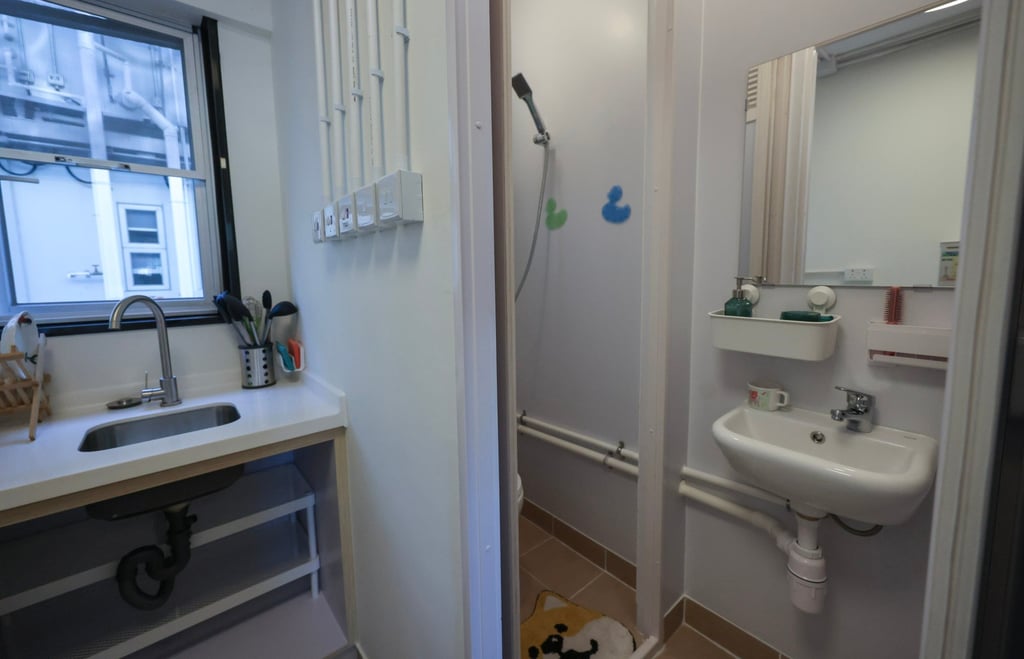HK$780 monthly rent for temporary public flats under new scheme; 10,000 homes to be built on Kai Tak site, Hong Kong authorities say
- Most of 17,000 flats under first phase of ‘light public housing’ scheme to be built in Kai Tak, Housing Bureau reveals
- Another 13,000 flats in Sheung Shui, Tuen Mun, Chai Wan and Siu Lam under second phase will be completed before second quarter of 2028

The monthly rent for a temporary public flat under a new housing scheme will start at HK$780 (US$99), while more than 10,000 homes to be completed in four years will be located in a prime urban site in Hong Kong, according to authorities.
About 2,100 homes at a rural site next to Fairview Park in Yuen Long will be completed within two years. The remaining 14,900 flats in Kai Tak and two other sites in Tuen Mun and Choi Wan will welcome occupants before the second quarter of 2027.

Another 13,000 flats in Sheung Shui, Tuen Mun, Chai Wan and Siu Lam under the second phase of the project will be completed before the second quarter of 2028, according to the bureau.
Monthly rent for a 140 sq ft flat under the scheme will start at HK$780, while the largest home measuring 330 sq ft that could fit up to five occupants will cost up to HK$2,650. Secretary for Housing Winnie Ho Wing-yin said it would result in substantial savings for those renting a subdivided flat, which had a median rent of HK$5,000.
Ho described the HK$26.4 billion scheme as an investment in the future that would free those in need of housing from the harsh living conditions of subdivided flats.
“Light public housing is not a simple public works project. It will change the fate of a group of people. It provides flats and a good living environment so that they can feel at ease and have their own space to live and study in,” she said.
